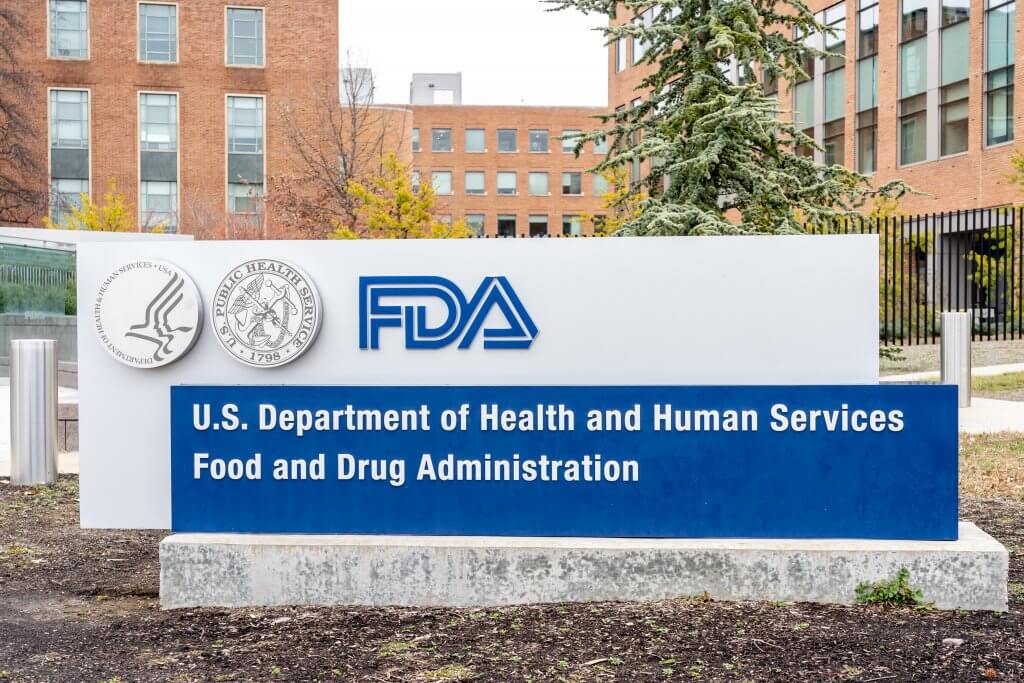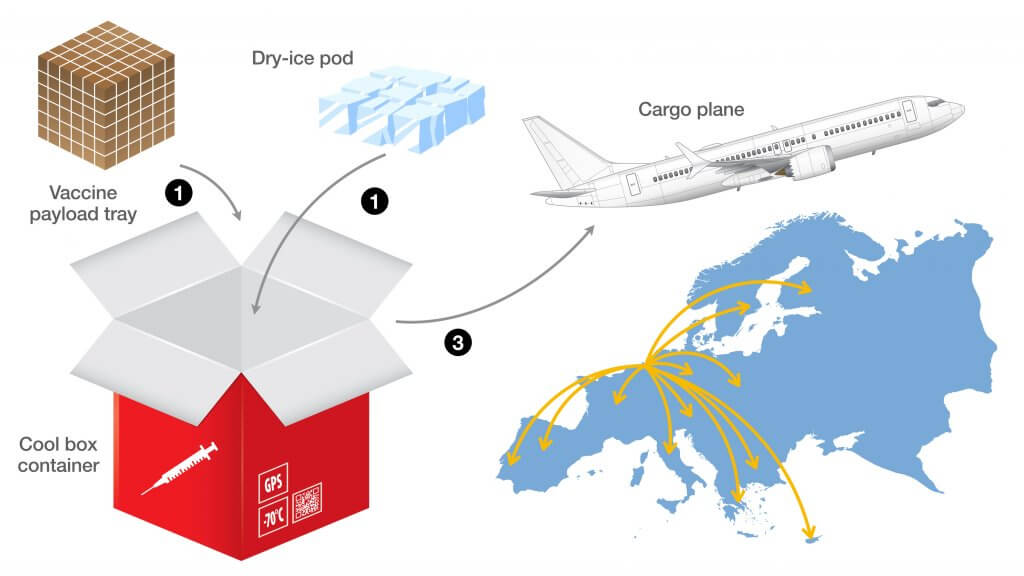We rely on pharmaceutical products so much that they are crucial to our survival. But just as important as the pharmaceutical products themselves is the logistics process that gets the products from their manufacturers to the stores and hospitals.
And if you’re looking to ship pharmaceutical products to anywhere in the world but don’t know how to go about it, you’re in the right place. In this piece, we show you everything you need to know about shipping pharmaceuticals.
But first, what is pharmaceutical logistics?
Pharmaceutical logistics is everything that involves the proper shipping of pharmaceutical products. These logistics processes help to maintain the products in the right conditions while in transit from the manufacturer to the final destination.
So, what are those things you need to know about shipping pharmaceuticals?
- Pharmaceutical Shipping Regulations
The first things you should know are pharmaceutical shipping regulations. Since the proper shipping of pharmaceuticals has direct effects on the health of the people, especially in the times of the COVID-19 pandemic and afterward, it is important that the shipping regulations are followed to the letter.
Rules and regulations become even more important if you’re shipping pharmaceuticals internationally. That means you have to know about the pharmaceutical shipping regulations of each country you are shipping through.

In the United States, the Food and Drug Administration (FDA) has a sub-department, Current Good Manufacturing Practices (CGMP), which oversees the proper shipping of pharmaceuticals in the country. The CGMP guidelines were first established in 1969, and they catered to everything from manufacturing, shipping, and distribution of food and drugs in the nation.
Some of these requirements specified by the guidelines were aimed at:
- Vehicle Equipment: These guidelines ensure that vehicles shipping pharmaceutical products have the proper equipment to preserve the quality of the products.
- Personnel Training: To the end that each person handling any level of pharmaceutical shipping is trained to the point of competence for the job.
Other aspects that the guidelines touch on are the proper record keeping of all documents involving shipping pharmaceuticals. And, of course, the monitoring of the transportation environments of the pharmaceutical, such as the warehousing.
Other regulations you have to keep in mind include:
- DOT hazmat regulations for the shipping of pharmaceuticals that happen to be hazardous products.
- DEA regulations for the shipping of controlled substances, such as benzodiazepines and opiates.
- Packaging Pharmaceuticals for Shipping
The proper packaging of the pharmaceuticals prepares the products for safe shipping and quality preservation. This alone could be the difference between a complete loss of pharmaceutical products and a happy shipper.
The first step is to use palletized packaging because shipping pharmaceuticals in pallets helps limit movement during transit. And this is very much important for the shipping of fragile pharmaceutical products.
The next step is using thermal pallet covers, which give extra protection against fluctuations in temperature. While thermal pallet covers aren’t the only materials that can be used, they are the most preferred because of their durability and relative inexpensiveness.
- The Importance Of Cold Chain Logistics To Pharmaceutical Logistics
Pharmaceutical products often have tight shelf lives. But there are some conditions where the already tight shelf life can be shortened some more. These conditions can be triggered by fluctuations in:
- Temperature
- Humidity
- Ventilation
Of them all, fluctuation in temperature is the most troublesome. In fact, some pharmaceutical products may get damaged if they experience as much as a 2-degree change in temperature. Fortunately, the logistics world has an answer to this challenge, and it is called Cold Chain Logistics.
Cold Chain Logistics is the transportation of temperature-sensitive products through a supply chain that is designed to maintain the products at their preferred temperatures.

This supply chain includes everything from the manufacturing and supply of the products; to the vehicles for transportation; the warehouses of temporary storage; and the stores or hospitals where the products will be used or prescribed.
Insulated and refrigerated containers and trailers, which are also called reefers, come into play here.
Reefers are containers and trailers that are equipped to maintain the temperature of whatever is kept in them, while also shielding the products from the outside.
So, any pharmaceutical product that is transported in a reefer is protected from external temperature, humidity, and ventilation conditions.
- Warehousing and Temporary Storage
The warehousing and temporary storage of medicines is also a huge part of pharmaceutical logistics. Pharmaceutical logistics often involve the shipping of products in large quantities across various shipping channels. And in between shipping channels, there’s the need for temporary storage, such as warehouses.
But in keeping with the concept of cold chain logistics, even warehouses that must hold pharmaceutical products must be equipped to maintain the temperature of the products for as long as needed. The warehouse must also protect the products from exposure to humidity.
The Risks of Shipping Pharmaceuticals
There are risks to the shipping of pharmaceuticals. In fact, pharmaceutical shipment logistics is heavily regulated to ensure that the products are in good condition for use, as much as it is for the risks that products may pose to the environment.
Some of the risks of shipping pharmaceuticals include:
- Hazmat: Some pharmaceutical products contain hazardous materials. As such, they must be shipped under the rules that guide Hamat logistics in the United States.
- Theft of controlled substances: Controlled substances, such as benzodiazepines and opiates, are often targets of theft. So, unless there are measures to protect pharmaceuticals that contain these substances, they run the risk of being stolen at some point during the supply chain.
- The Importance of Competent Carriers to Pharmaceutical Shipping
We’ve mentioned how packaging, shipping regulations, cold chain logistics, and proper warehousing equipment all contribute to the effective and efficient shipping of pharmaceuticals. But the real custodians of these responsibilities are the carriers.
Choosing the wrong logistic partner for your pharmaceutical shipment can bring unkind consequences to your business and the bodies of whoever uses your products. Therefore, the carriers you choose for your pharmaceutical shipping must be competent and experienced.
Of course, equipment for cold chain logistics, such as reefers, are not just necessary; they are compulsory. But beyond that, the carrier has to have trained workers who know their onions and can handle pharmaceutical shipping.
And in addition to that, the way the carrier does business is also important for the proper shipping of pharmaceuticals. The sluggishness of a carrier, for instance, could cost you your shipment.
